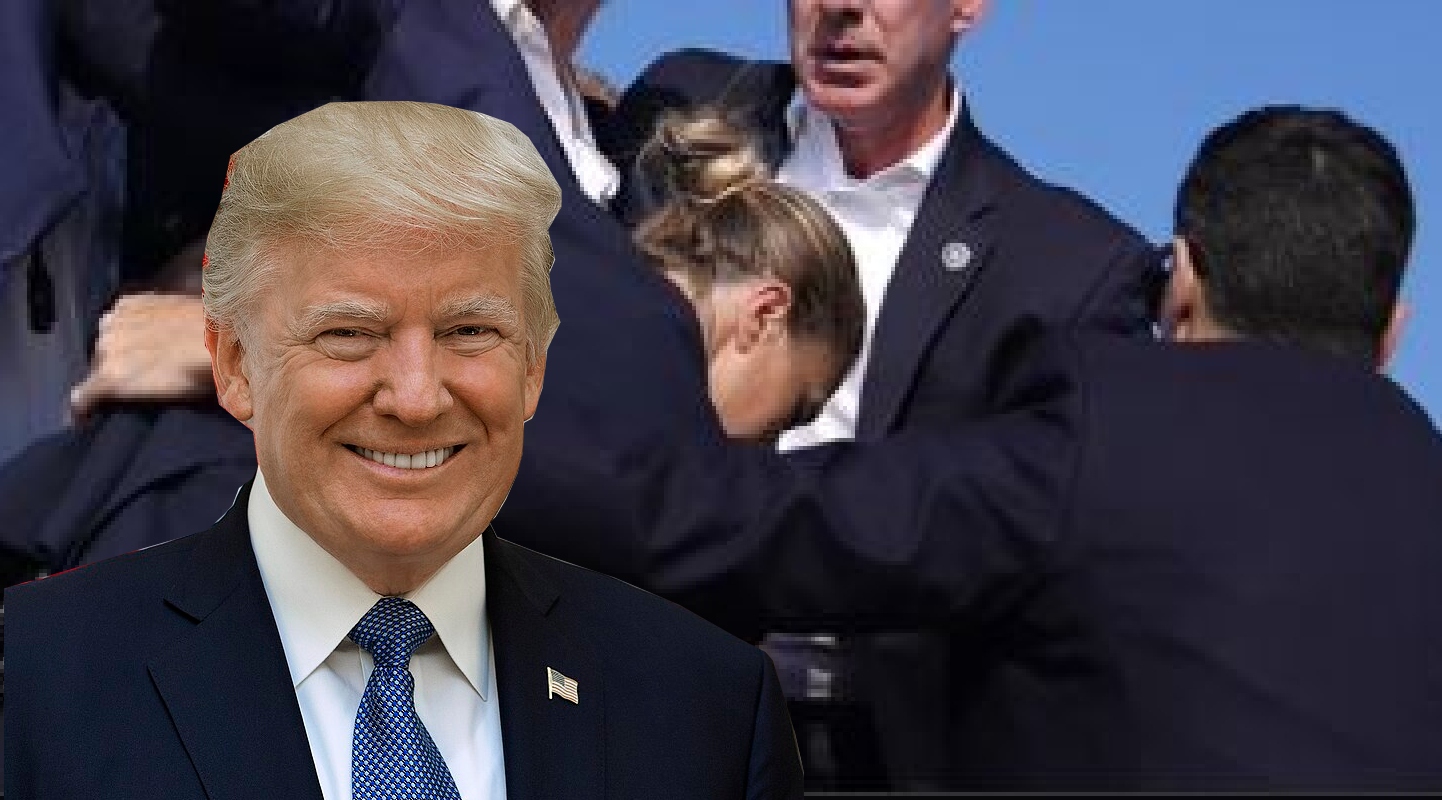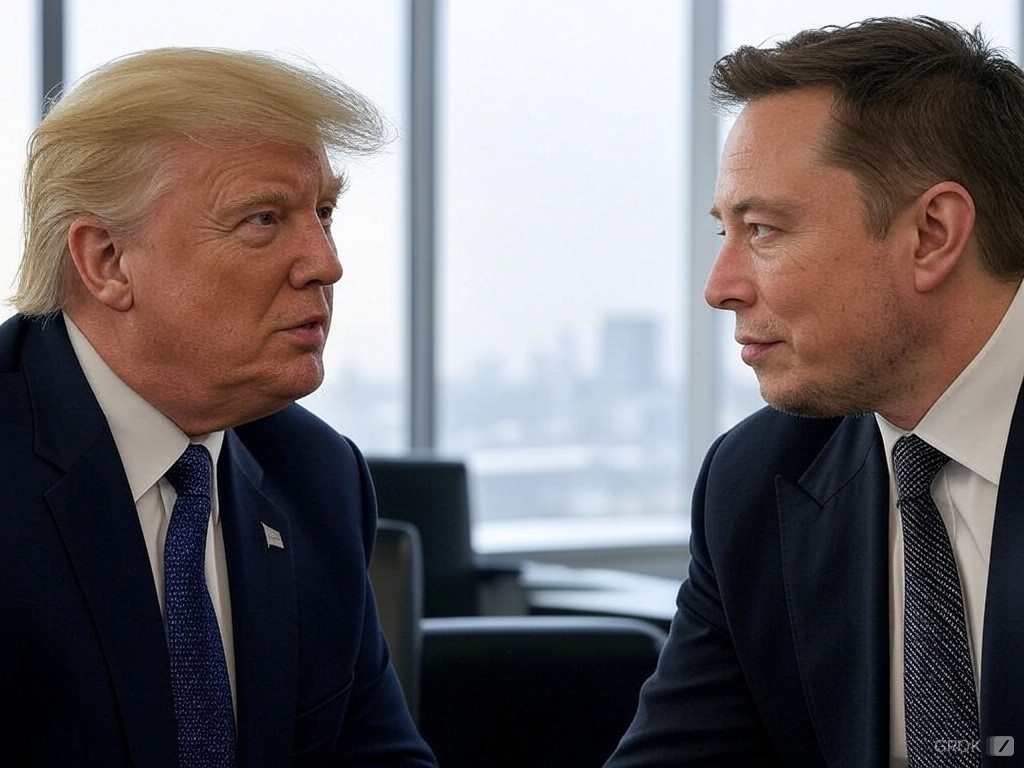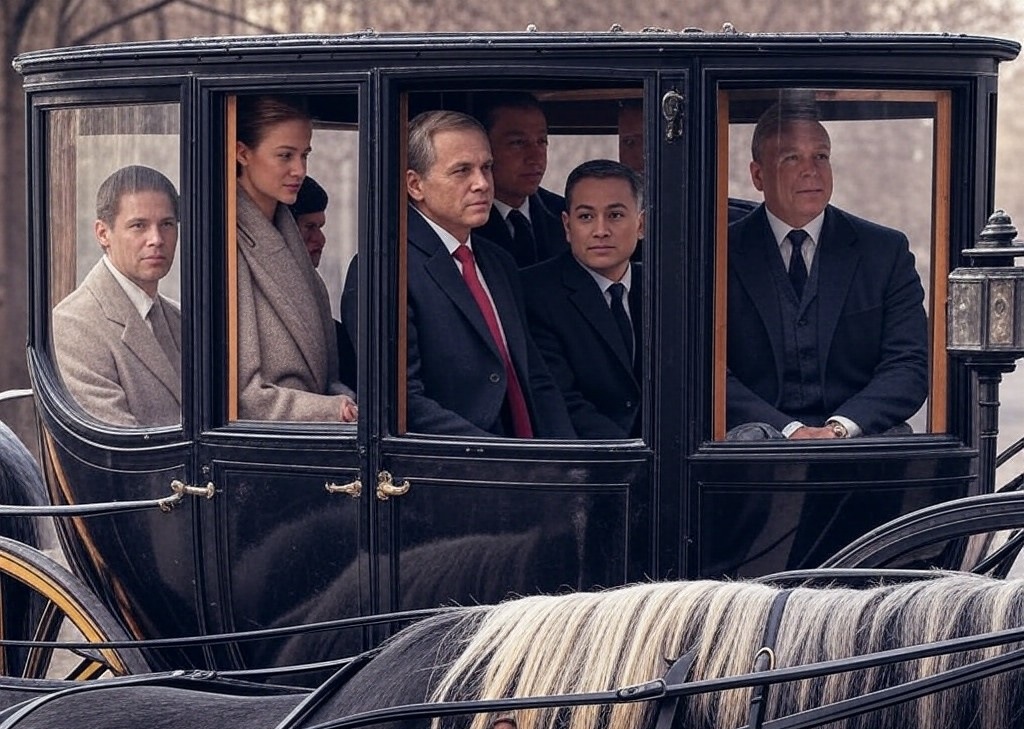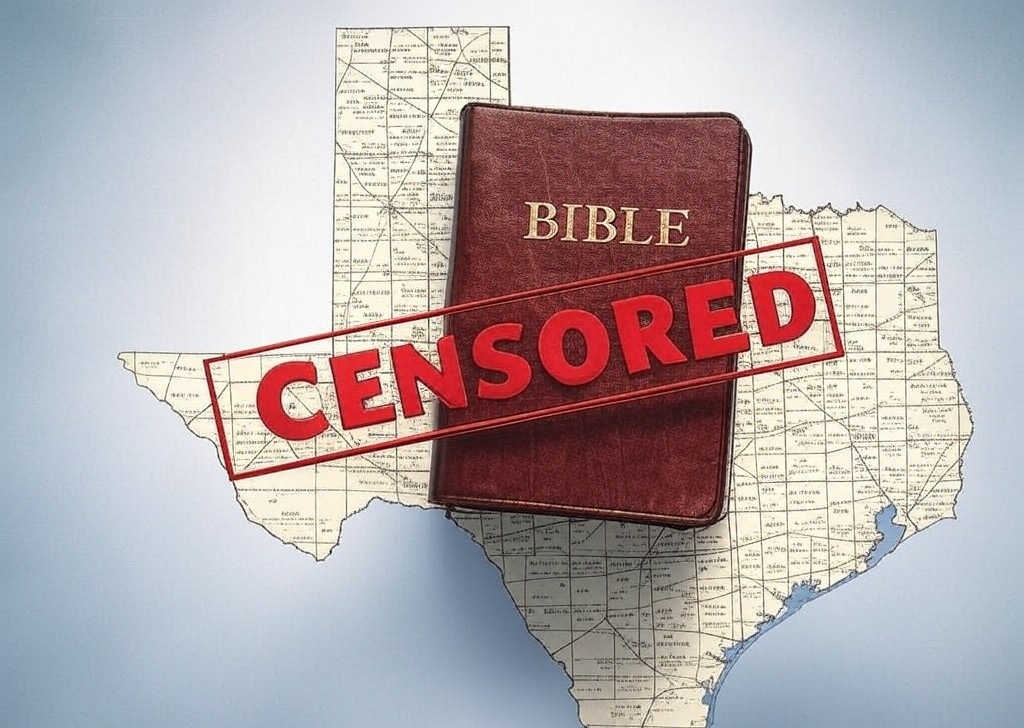On July 13, 2024, a tragic shooting occurred at former President Donald Trump’s rally in Butler, Pennsylvania. During the event, shots were fired, leading to chaos as Trump was quickly escorted off the stage by Secret Service agents. He sustained a non-fatal wound to his ear, but one attendee was killed, and two others were critically injured. The shooter, identified as 20-year-old Thomas Matthew Crooks, was neutralized by law enforcement at the scene.
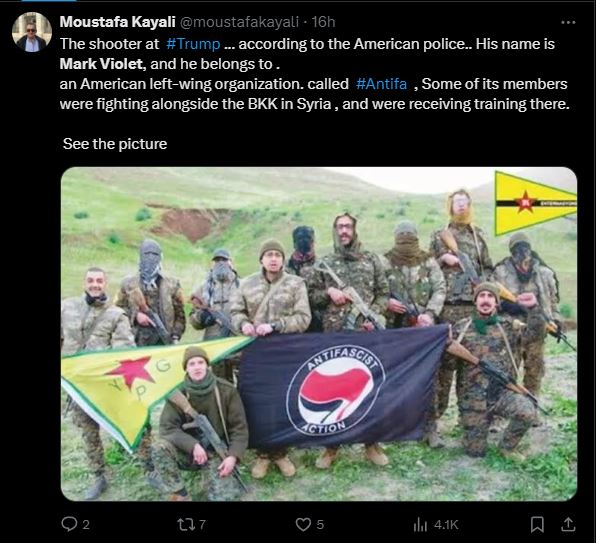
Almost immediately, social media platforms like X (formerly Twitter) and Facebook were flooded with misinformation. Various users, including random individuals and public figures, began sharing unverified theories. These ranged from claims of an assassination attempt to suggestions that the event was staged, overshadowing the few verified facts that were available.
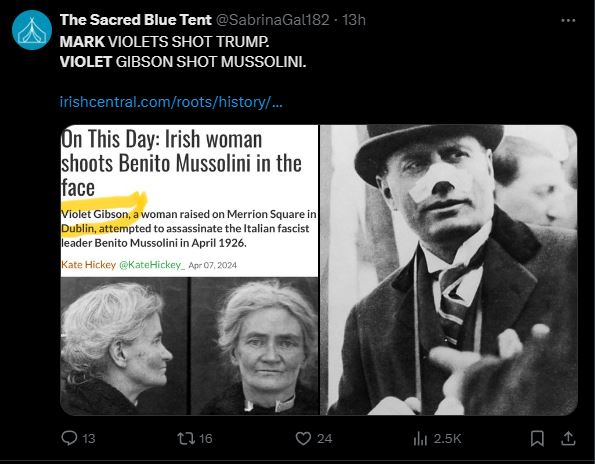
The misinformation spread rapidly, illustrating a disturbing trend. The demand for instant information and the need to voice opinions online have turned social media into a breeding ground for speculation and falsehoods. This incident is a stark reminder of how quickly facts can be buried under a mountain of baseless theories.
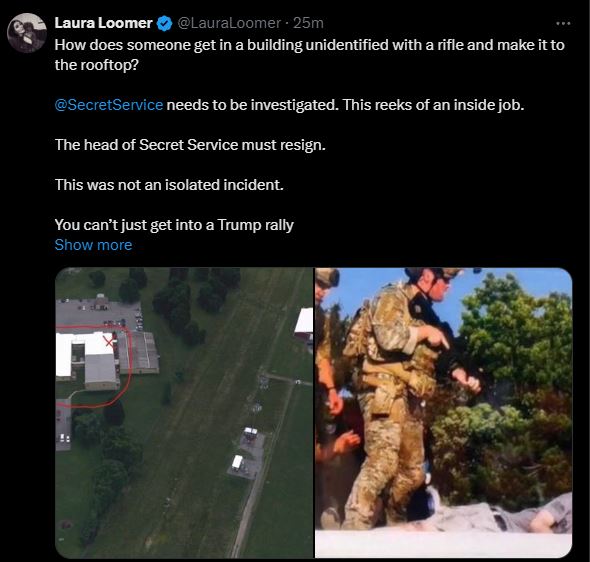
Contrary to some claims, it was confirmed that Crooks did not purchase the firearm himself; it was legally purchased by his father. Additionally, Crooks had explosive devices in his car, indicating premeditation. This was officially stated by the FBI, which is investigating the incident as an attempted assassination.
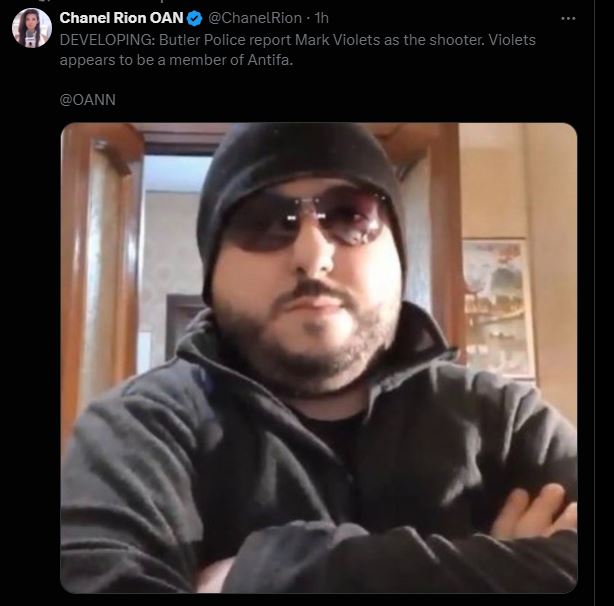
One America News Network (OAN) initially made an error by naming the wrong person as the shooter. This mistake added to the confusion and spread of misinformation. The network later corrected the error, but the initial misreporting had already contributed to the chaotic spread of false information online.

President Joe Biden condemned the violence and urged Americans to wait for all the facts before drawing conclusions. He emphasized the importance of unity and the rejection of political violence, a sentiment that should resonate across all political divides. However, in the current media environment, where sensationalism often trumps truth, such calls for reason can be easily overshadowed.
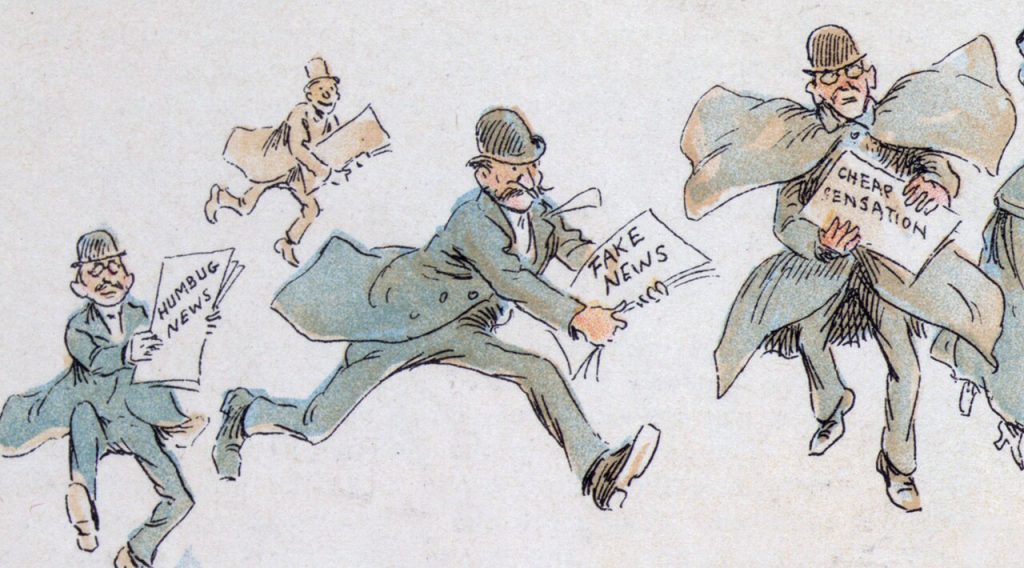
This incident highlights a significant issue with our information ecosystem. Reliable news sources are often drowned out by the sheer volume of unverified content circulating on social media. This not only distorts public perception but also impedes effective responses to crises. The aftermath of the rally shooting demonstrates how quickly misinformation can spread and how challenging it is to correct.
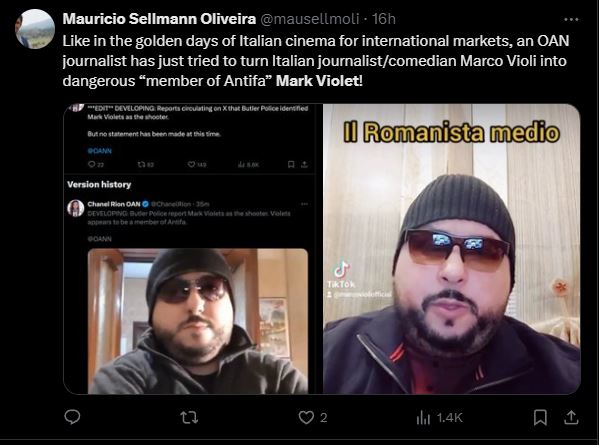
As a society, we need to reassess how we consume and share information. The immediacy provided by social media should not come at the expense of accuracy and responsibility. In moments of crisis, it is crucial to prioritize facts over speculation and to remain patient as the truth unfolds.
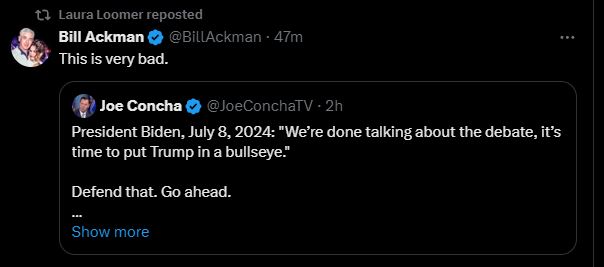
The shooting at Trump’s rally was a tragic event that demanded careful reporting and thoughtful analysis. Instead, it became a case study in how social media can distort reality. Moving forward, we must strive to prioritize facts over speculation and unity over division. Only then can we hope to address the root causes of such violence and build a more informed, cohesive society.

